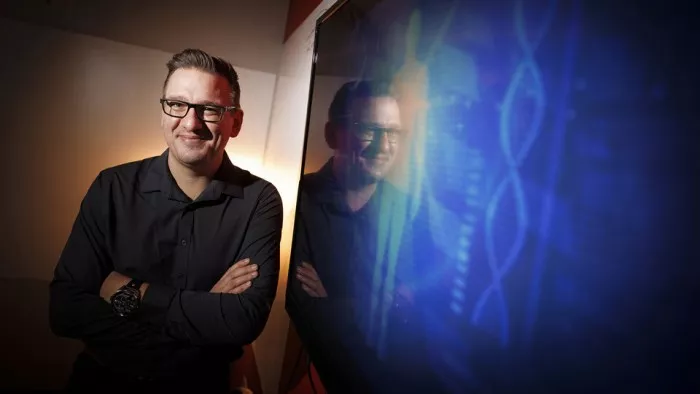An article to be published in NJP digital medicine today (May 20, 2022) will guide a series of plans made by the international community to create a digital twin of the human immune system. This paper by Tomas helikar, a biochemist at the University of Nebraska Lincoln, outlines the road map that the scientific community should take in establishing, developing and applying the digital twins of the immune system. He is one of 10 co authors from six universities around the world.
Earlier this year, the National Institutes of health renewed a five-year grant of $1.8 million for helikar to continue his work in this field.
"This is an effort that requires the cooperation of computational biologists, immunologists, clinicians, mathematicians and computer scientists. Trying to decompose this complexity into measurable and achievable steps has always been a challenge. This paper is solving this problem. Our dream and goal is to use it in precision medicine at the individual level," he said
The construction of the digital twin of the immune system will be a breakthrough, which can provide precision medicine for various diseases, including cancer, autoimmune diseases and viral infections, such as covid-19. The first step is to create a general model that reflects common biological mechanisms, but the ultimate goal of researchers is to create a virtual model at the individual level, which will enable doctors to provide precisely designed treatments for individuals.

Helikar's involvement was inspired in part by his 7-year-old son, who needed a lung transplant as an infant. This led him to carefully balance his immune system through powerful immunosuppressive drugs throughout his life to prevent organ rejection while maintaining infection and other diseases.
Helikar said: "Our dream and goal is to use it for precision medicine at the personal level. The important thing is that we change over time. Our immune system is programmed, reprogrammed, and adjusted over time. It develops from birth, and as we grow older, it continues to develop, often in a way we don't like. It becomes weaker, and cancer has plagued humans for a long time because the development of the immune system does not keep pace with. Our goal is to create a digital twin, not just for ourselves, but for that point in time - considering all our past. "
The author of building digital twins of the human immune system: toward a roadmap is a member of an umbrella working group of about 200 scientists organized to model the virus pandemic at multiple scales. The inter agency working group is led by Reinhard laubenbacher of the University of Florida and James glazier of Indiana University, both co authors of the May 20 report. Since May, helika has been co leading the working group with Grazier.
Other co authors include Gary an of the University of Vermont, Anna niakaris of the University of Sacre in Paris and rahuman S. Malik Sheriff of the European Institute of bioinformatics.
The article says: "Custom simulation models pioneered in industry are beginning to be deployed in medicine and health care, with some major successes in cardiovascular diagnosis and insulin pump control. More advanced medical digital twins will be the key to making precision medicine a reality. Because the immune system plays an important role in such a wide range of diseases and health conditions, from fighting pathogens to autoimmune diseases, the digital twins of the immune system Twins will have a particularly high impact. "
Although this exploration may take years and hundreds of millions of dollars, hellika believes it can be achieved.
"I think we have enough data and technological progress in methods and software tools. The first draft or first version of the virtual immune system can be built from existing data. It may not be personalized yet, but you can start with it as a working prototype. As long as it is possible to do this, this is my mission, and of course it can also help my son." He said.